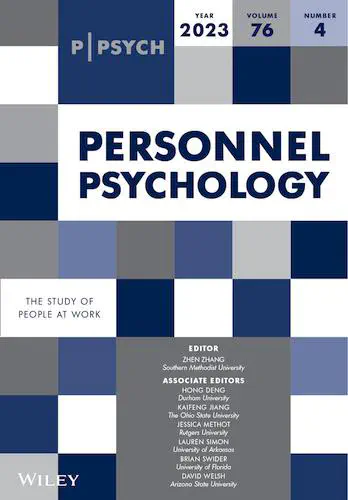Reducing subgroup differences in personnel selection through the application of machine learning

Abstract
Researchers have investigated whether machine learning (ML) may be able to resolve one of the most fundamental concerns in personnel selection, which is by helping reduce the subgroup differences (and resulting adverse impact) by race and gender in selection procedure scores. This article presents three such investigations. The findings show that the growing practice of making statistical adjustments to (nonlinear) ML algorithms to reduce subgroup differences must create predictive bias (differential prediction) as a mathematical certainty. This may reduce validity and inadvertently penalize high-scoring racial minorities. Similarly, one approach that adjusts the ML input data only slightly reduces the subgroup differences but at the cost of slightly reduced model accuracy. Other emerging tactics involve weighting predictors to balance or find a compromise between the competing goals of reducing subgroup differences while maintaining validity, but they have been limited to two outcomes. The third investigation extends this to three outcomes (e.g., validity, subgroup differences, and cost) and presents an online tool. Collectively, the studies in this article illustrate that ML is unlikely to be able to resolve the issue of adverse impact, but it may assist in finding incremental improvements.